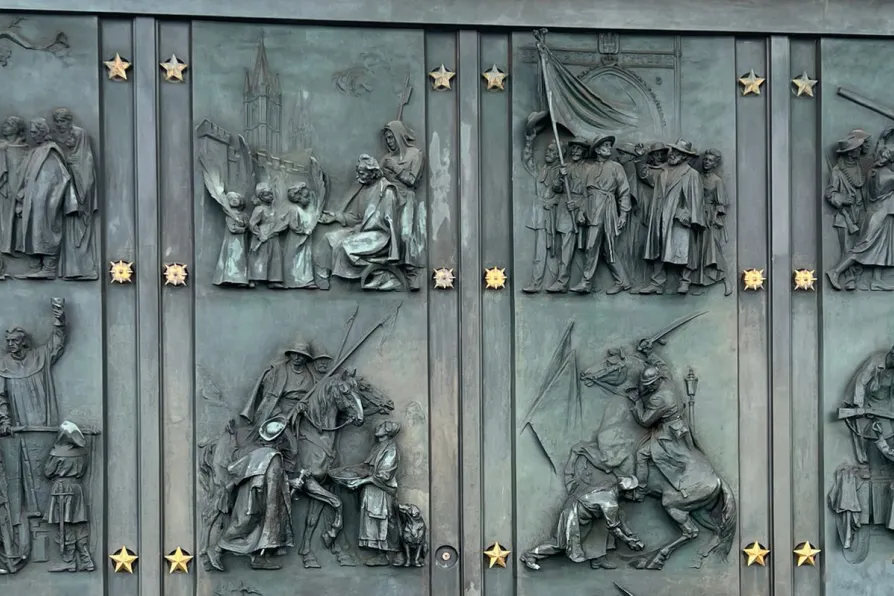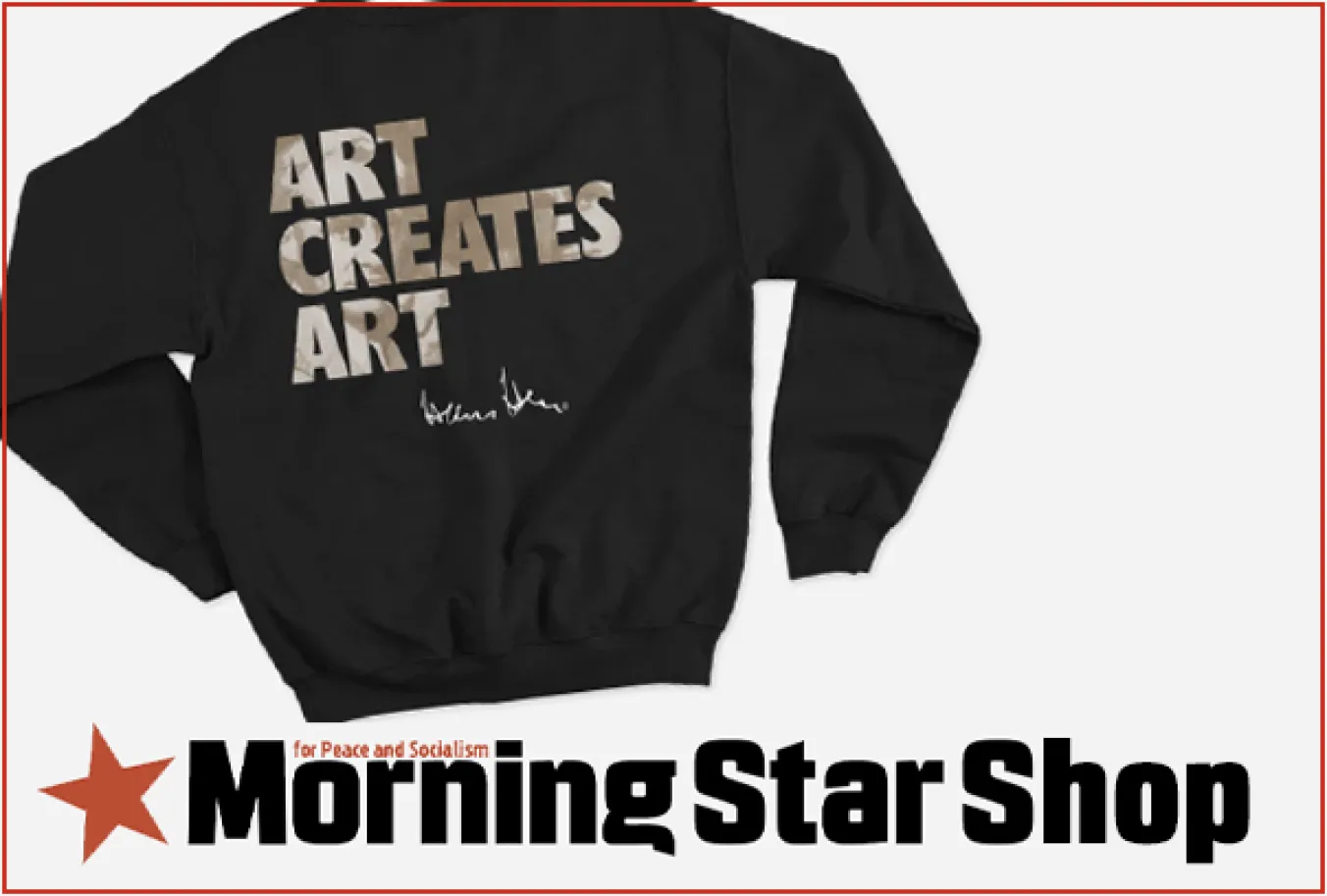From London’s holly-sellers to Engels’s flaming Christmas centrepiece, the plum pudding was more than festive fare in Victorian Britain, says KEITH FLETT

 Reliefs cast into 1950s gates show a socialist selection of Czech history
Reliefs cast into 1950s gates show a socialist selection of Czech history
WHEN is a museum not a museum? This is the question that the Czech National Museum poses in its new exhibition, Collections & Politics, exploring the themes and narratives that underpinned the presentation of the past under socialism.
After November 1989, those museums dedicated to the working-class movement and its leaders were closed, while the surviving institutions were overhauled and reconfigured in light of the seismic political, economic, and cultural shift to neoliberalism.
As a consequence, much was lost — destroyed, despised, or sold off to collectors — and what was left of the socialist past was shuttered away in basements and storage units, out of sight, and only brought to mind through “ironic” expositions that thoroughly de-contextualised and frequently mocked the artefacts.

A teaching delegation to Cuba offered IAN DUCKETT a powerful glimpse into a schooling system defined by care, creativity and the legacy of the island’s remarkable 1961 literacy campaign

JOHN CALLOW examines what went wrong for the Czech communist party in the recent parliamentary elections, where it failed to meet the threshold to return deputies and some now talk of the party abandoning its commitment to socialism

As the Communist Party of Bohemia and Moravia rebuilds support through anti-cuts campaigns, the government seeks to silence it before October’s parliamentary elections through liberal totalitarianism, reports JOHN CALLOW











